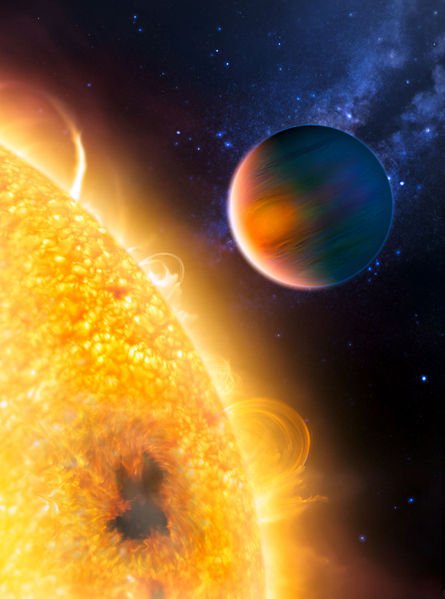Identification of the solar system and unknown information
solar system refers to the sun and its all gravitationally bound astronomical objects. These include: eight planets, 173 known natural satellites, some dwarf planets, and four of their natural satellites and billions of tiny objects. [1] The following classes include asteroids, meteors, comets, and intercontinental dust clouds. According to fundamental explanations, the solar system is located in: the Sun (astronomical symbol ), the four earthly planets, an asteroid belt formed by tiny rocky material, four gaseous giants and a second diversion, known as the Kuiper belt, contains ice cool matter. After the Kuiper belt, there are scattered objects, heliopases, and finally the Urt cloud. Distance from the Sun are the planets: Mercury (), Venus (), Earth (), Mars (), Jupiter (), Saturn (), Uranus (), and Neptune (). Six of the planets have their own natural satellites. Around the gases of the giant monsters, the planetary system is made up of dust and other particles. The name of all the planets except the Earth has been named after various Greek gods. The three dwarf planets are: Pluto (), the largest object in the Kuiper belt, Ceres (), the largest object in asteroid belt, and Eris, which is located in the scattered disc.
Desk:
We call the solar system around the Sun, which is the planets, satellites, comets, meteors, asteroids. But how much we know about our habitat Scientists discover new information every day You know some unknown information like this.
- "Green Planet" is called: Uranus
- The Solar System's Fastest Planet: Mercury
- "Planet King" is called: Jupiter-K.
- Planet Saturn is the highest (53)
- The brightest comet of the century: Hellbop
- "Venus of the Earth": Venus
- The planet's nearest planet: Venus
- The third nearest planet in the sun: the earth
- Solaris discovered: Nicolas Copernicus
- The total number of planets in the solar system is eight.
Mercury, Venus, Earth, Mars, Jupiter, Saturn, Uranus and Neptune. - The only satellite moon in the world
- The 'cool sea' is located - in the lane.
- The nearest star of the sun-processing center.
- Distance from Earth to the Moon - 3,440,000 km.
- The sun's distance from Earth - 14.88 million kilometers (Almost).
- There is no satellite in the solar system - Bold and Venus
- Sun mass - 1.99 × 10¹³ kg.
- The sun rises on the Cancer line - 21 June.
- In the northern hemisphere the day is the largest and the night is the smallest - 21 June.
- Diwali is the same in the world - 21 March and 23 September.
- The first halari comet is seen in -1759.
- Halley's comet was seen after 76 years.
